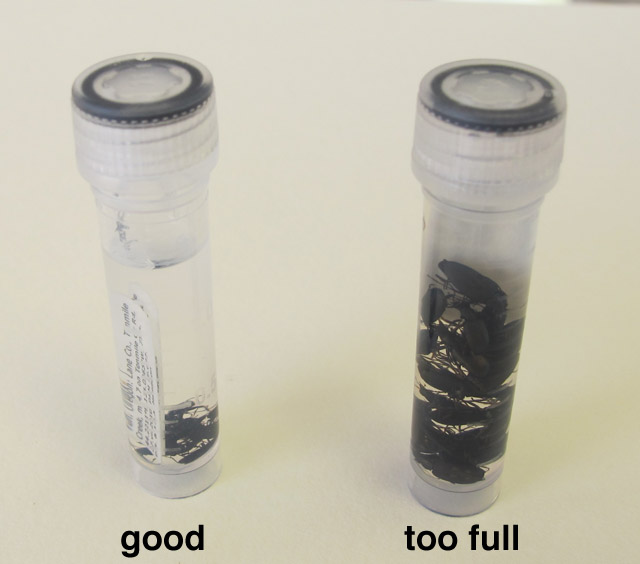I have a question for the Tiffanys of the world. Does your partner call you by the shorter name Tiff? Does your partner wear glasses? If they are not wearing their glasses, do they call you Jpeg?
-
Recent Posts
Archives
- November 2025
- February 2025
- February 2024
- March 2023
- May 2022
- September 2021
- February 2021
- April 2020
- November 2019
- May 2019
- January 2019
- September 2017
- December 2016
- November 2015
- August 2015
- April 2015
- March 2015
- August 2014
- June 2014
- February 2014
- December 2013
- November 2013
- October 2013
- September 2013
- August 2013
- July 2013
- June 2013
- May 2013
- April 2013
- March 2013
- February 2013
- January 2013
Categories
- Academia
- Art & Science
- Beetle of the Week
- Collecting Site of the Day
- Fieldwork
- fun stuff
- Language
- Mesquite
- Miscellany
- Morphological Techniques
- Musings
- Phylogenetics
- Public Engagement & Citizen Science
- Revising Bembidiina
- Scientific Illustrations
- Software Development
- Taxonomic Process
- Tree of Life
- Uncategorized
- Z499 (Discovering Insect Species)

- 3D-printing
- aedeagus
- art
- Asaphidion
- Bembidiina
- Bembidion
- birthdays
- Carabidae
- carabid beetle
- carrots
- citations
- Cnemalobini
- collectors
- colored pencils
- credit
- diversity
- DNA
- DNA taxonomy
- drawings
- evolution
- flight
- genitalia
- government shutdown
- Harpalinae
- heads
- ink
- labels
- lectotype
- Lindrochthus
- Lindroth
- Liocosmius
- Lionepha
- local
- macrophotography
- microsculpture
- mirrored development
- morphological structures
- morphology
- Mount Tamalpais
- museum
- museum specimens
- new species
- nomenclature
- Ocydromus
- patterns
- Peryphus
- Phylogenetics
- phylogeny
- physics
- Plataphus
- potato chips
- relatedness
- revisions
- rove beetle
- Saint Helena
- sandy shore
- scalar boson
- science
- Scientific Illustrations
- scientific process
- Sierra Nevada
- software
- species delimitation
- Sphaeroderus
- Staphylinidae
- stridulate
- talus
- taxonomy
- time management
- Trechonepha
- Trepanedoris
- type specimens
- undescribed species
- USNM
- wickhami
















